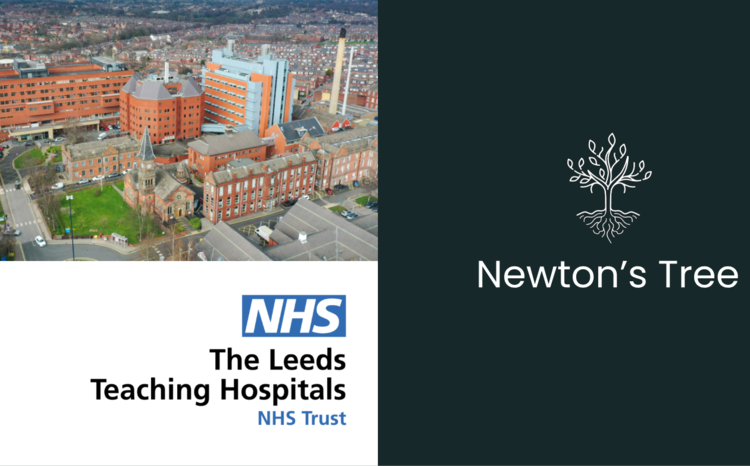Oxford University Hospitals begins using AI to help stroke recovery
- 31 July 2020

Oxford University Hospitals has joined neighbouring trusts in using state-of-the-art technology to help more patients recover following a stroke.
The e-stroke suite technology, developed by Oxford-based Brainomix, allows high quality CT brain scans to be shared quickly and securely within and between hospitals using imaging software which incorporates artificial intelligence (AI).
The software is now live at the John Radcliffe Hospital well as in neighboring hospitals in High Wycombe, Milton Keynes, Northampton, Reading, Aylesbury, and Swindon. All the hospitals have come together as part of one Thames Valley network, with the Royal Berkshire Hospital in Reading deploying the software in March 2020.
AI software analyses the CT images of the brain and its blood vessels immediately after the patient has a scan, automatically highlighting the area of probable damage and the blocked blood vessel.
The rapid transfer of high-quality images enables a more coordinated and swift response in identifying whether a patient would benefit from a mechanical thrombectomy (MT), a procedure to remove a blockage in a large blood vessel in the brain which can cause a severe stroke.
This, supported by consultations with the trust’s interventional radiology team, will help patients to get the right treatment at the right time.
Dr Phil Mathieson, clinical lead for stroke at OUH, said: “We are delighted to be the first stroke network in the country to use an AI decision aid in the management of our patients with stroke.
“This will assist us in the rapid identification of patients who may benefit from a mechanical thrombectomy. As all of our referring hospitals will be using the e-stroke suite, this removes the barrier of delays in accessing the necessary imaging to make these time-critical decisions.
“It also futureproofs us as we look to use more advanced imaging techniques to expand the number of patients with a stroke that may be helped by the thrombectomy procedure. I am confident that this development will help improve outcomes for patients in the Thames Valley.”



